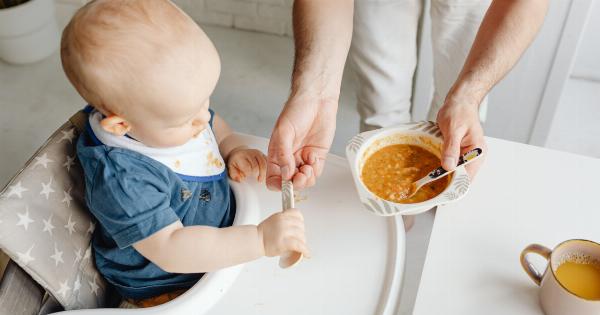Deciding on the best way to nourish your baby is one of the most important decisions you’ll make as a parent. While breastfeeding is often seen as the ideal choice, there are many reasons why some parents choose to bottle feed their infants.
Whether you’re exclusively bottle feeding or supplementing with formula, it’s essential to navigate the challenges that come with this method. In this article, we will discuss eight solution strategies to help you successfully bottle feed your baby.
1. Choose the Right Equipment
The first step in successful bottle feeding is to choose the right equipment. Selecting the appropriate bottles and nipples for your baby’s age and needs can make a significant difference in their feeding experience.
The market offers various options, such as different nipple shapes, flow rates, and anti-colic features. Experiment with different brands and types to find the one that suits your baby best.
2. Establish a Feeding Routine
Creating a consistent feeding routine can help your baby feel secure and develop healthy eating habits. Establish fixed feeding times and try to stick to them as much as possible.
By following a predictable schedule, you can ensure that your baby is adequately fed throughout the day.
3. Hold Your Baby Close
During bottle feeding, make sure to hold your baby close to you. This physical closeness provides comfort and promotes bonding between you and your little one. Hold your baby in a semi-upright position, supporting their head and neck with your arm.
Avoid propping the bottle, as it can lead to choking and ear infections.
4. Practice Responsive Feeding
Responsive feeding involves attentively responding to your baby’s cues during the feeding process. Watch for signs of hunger, such as rooting or sucking on their fists, and offer the bottle before they become too agitated.
Similarly, pay attention to cues indicating they are full, such as decreased interest in drinking or turning their head away. This approach encourages healthy eating patterns and helps your baby learn to self-regulate their intake.
5. Burp Your Baby
After every feeding, take the time to burp your baby. Gently pat or rub their back to release any trapped air in their stomach. Burping can prevent discomfort and reduce the chances of colic or vomiting.
Experiment with different burping positions, such as over your shoulder or seated on your lap, to find the most effective method for your baby.
6. Maintain Proper Hygiene
Ensure that you maintain proper hygiene when preparing bottles and formula. Wash your hands thoroughly before handling any feeding equipment. Sterilize bottles and nipples regularly to eliminate any harmful bacteria.
Follow the guidelines provided by the World Health Organization (WHO) or your local health authority to minimize the risk of infections.
7. Involve Other Caregivers
If possible, involve other caregivers in the bottle-feeding process. This can include your partner, family members, or trusted friends.
Sharing the responsibility not only provides a break for you but also helps strengthen the bond between your baby and other caregivers. Ensure that everyone is aware of and follows the established feeding routine and techniques.
8. Seek Support
If you’re facing challenges or concerns regarding bottle feeding, don’t hesitate to seek support. Talk to your pediatrician, a lactation consultant, or other parents who have experience with bottle feeding.
They can provide guidance, answer your questions, and offer practical tips to overcome any difficulties you may encounter.


























